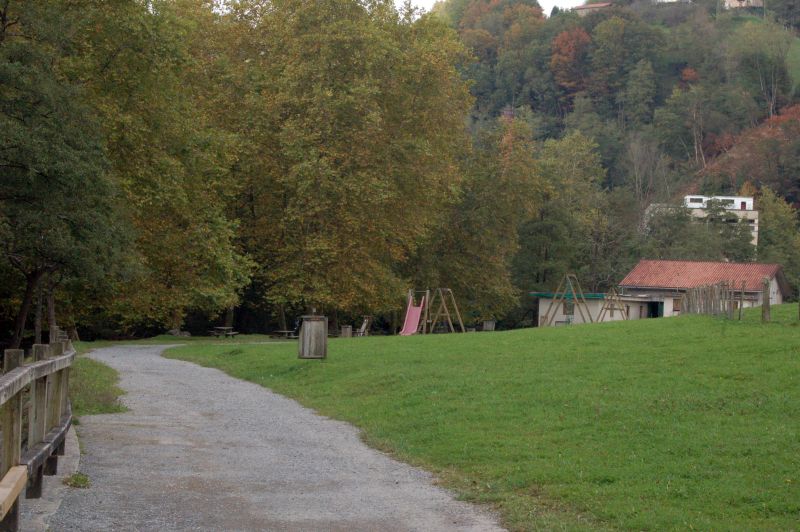
Puntos de Interés

Geology
La Papelera Rock Formation
El Teide National Park is the largest and oldest national park in the Canary Islands, covering over 18,900 hectares. The park is made up of a series of ravines that climb up to the summits and form an enormous elliptical caldera.
In one of these ravines, specifically in Las Pilas, there is a unique phonolithic dyke. It is a perforated wall called La Papelera. This type of wall usually arises when the magma present in the cracks and fissures of the volcano's outlet conduits cools and solidifies, coming to the surface due to the wear suffered by the wall in which they are located.
The hollows or holes that can be seen in the wall are also caused by erosion and are called "taffonis". Their appearance is reminiscent of a beehive. The origin of this word dates back to ancient times in the Mediterranean and means window. As for the term “phonolithic”, which is used to refer to this type of wall, it refers to a rock that sounds like a beehive.


